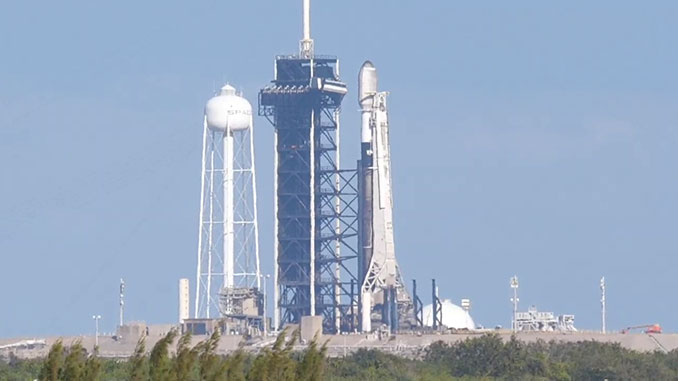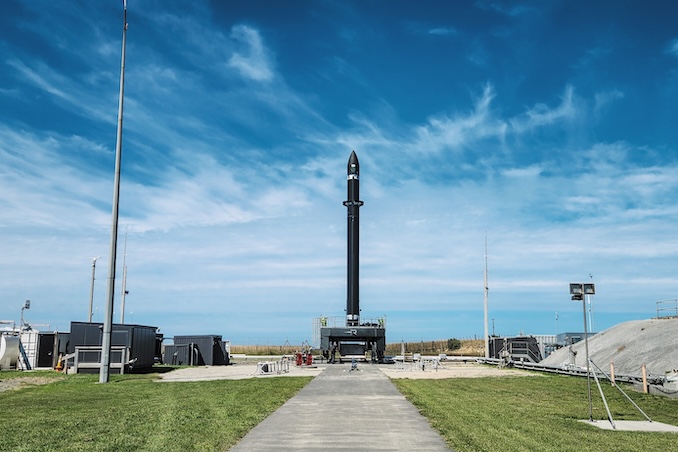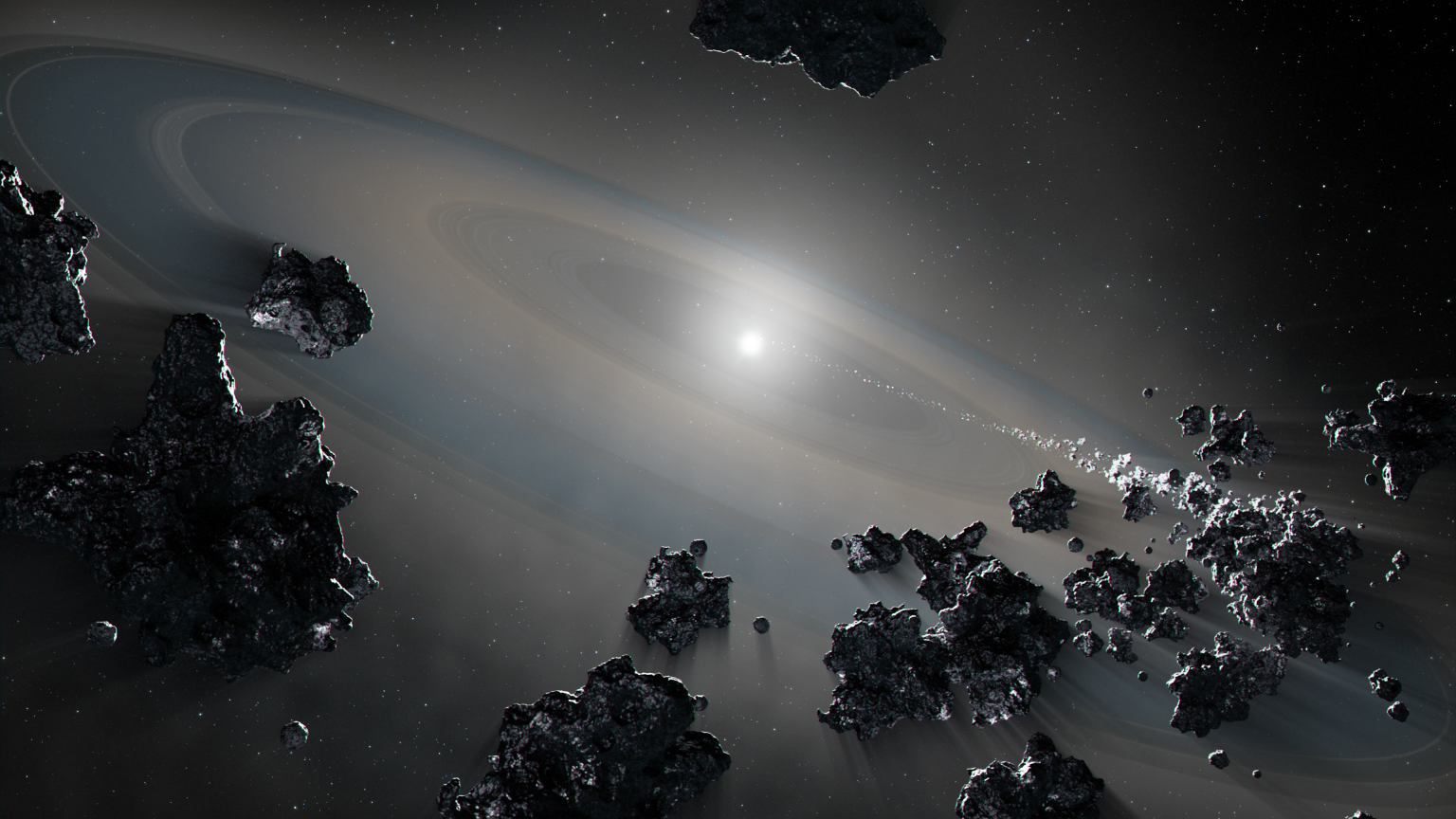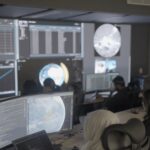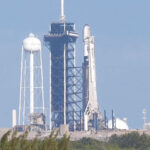Now Reading: Live coverage: Commercial space station demo, data center precursor to launch on SpaceX Bandwagon mission
-
01
Live coverage: Commercial space station demo, data center precursor to launch on SpaceX Bandwagon mission
Live coverage: Commercial space station demo, data center precursor to launch on SpaceX Bandwagon mission


An Nvidia-backed data center demo, a testbed for Vast’s future commercial space station and artificial intelligence-powered weather satellites are among the spacecraft flying on SpaceX’s latest Bandwagon ride share mission to low Earth orbit.
Bandwagon-4, is the fourth multi-customer flight to a mid-inclination orbit and the 18th mission as part of SpaceX’s small sat ride share program, which also includes the Transporter series, going to higher inclinations.
Liftoff from pad 40 at Cape Canaveral Space Force Station is set for 1:09:59 a.m. EDT (0509:59 UTC).
Spaceflight Now will have live coverage beginning about an hour prior to liftoff.
The 45th Weather Squadron forecast a 95 percent chance for favorable weather at liftoff with just a small chance for interference from cumulus clouds.
The mission will use Falcon 9 first stage booster B1091, which previously launched two batches of satellites for Amazon’s Project Kuiper and will eventually fly as a center booster for a Falcon Heavy rocket.
Less than eight minutes after liftoff, B1091 will target a touchdown at Landing Zone 2, at Cape Canaveral’s Launch Complex 13. It is likely to be the last booster to return to LZ-2 as SpaceX is about to transition to a new landing zone at pad 40. The company has already retired Landing Zone 1 as the Space Force prepares to hand over LC-13 to new commercial launch providers Phantom Space and Vaya Space. It will be the 15th landing at LZ-2 and the 528th Falcon 9 booster landing to date.
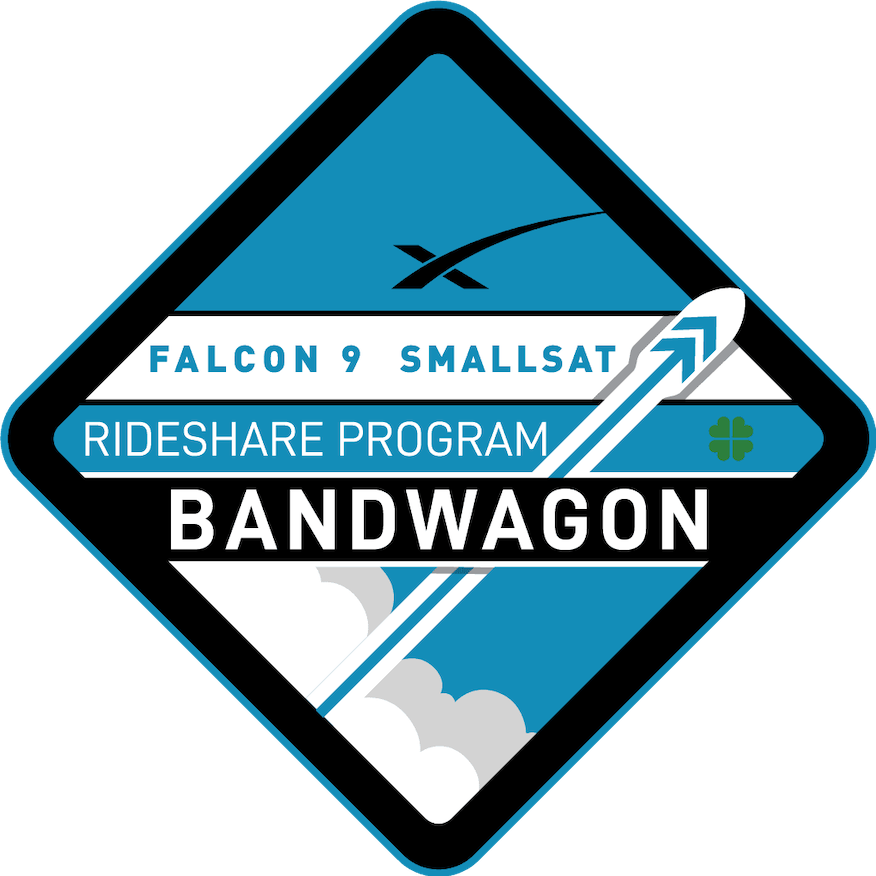
What’s onboard?
The primary payload at the top of the stack, referred to as the “cake topper” in SpaceX ride share documents, is the fifth 425 Korea satellite from South Korea’s Agency for Defense Development (ADD). Because of the presence of these sensitive military satellites on each of the previous three Bandwagon missions, SpaceX has ended it’s live launch coverage before the payload deployments.
In 2018, Thales Alenia Space signed contracts with two South Korean companies, Aerospace Industries and Hanwha Systems Corporation, to develop four synthetic aperture radar (SAR) satellites for the Korea 425 Project constellation. The fifth satellite in the reconnaissance constellation was an electromagnetic and infrared satellite that launched back in December 2023 on another Falcon 9 rocket.
This final SAR satellite is set to deploy about 12 minutes after liftoff. The Falcon 9 rocket’s upper stage will then perform two more burns of its Merlin Vacuum engine, lasting one second each, before beginning the deployment sequence for the remaining 17 spacecraft.

Among those satellites is Vast’s Haven Demo. The California-based company is using the mission to test out a number of systems, like navigation software, propulsion and flight computers that will be used on its first commercial space station, Haven-1.
Vast is aiming to launch its Haven-1 no earlier than May 2026 and will host a four-member crew of astronauts for a roughly two-week-long mission. Those astronauts have not yet been announced.
Haven Demo build and test are complete, and it is now undergoing final integration for launch. Meanwhile, we’re moving toward critical systems testing and continuing to build momentum on Haven-1 flight hardware. Haven-1’s primary structure qualification article has successfully… pic.twitter.com/ATJ6Bryhde
— Vast (@vast) September 26, 2025
Another spacecraft that has been grabbing headlines is from Starcloud, a defense and space manufacturing startup backed by the likes of the Nvidia Inception Program, NFX, Y Combinator and others.
The 60 kg (132 lb) Starcloud-1 satellite (roughly the size of a small refrigerator) will carry the Nvidia H100 GPU (graphics processing unit), touted by Nvidia as “the first time a state-of-the-art, data center-class GPU is in outer space.”
“In space, you get almost unlimited, low-cost renewable energy,” said Philip Johnston, cofounder and CEO of the startup, which is based in Redmond, Washington. “The only cost on the environment will be on the launch, then there will be 10x carbon-dioxide savings over the life of the data center compared with powering the data center terrestrially on Earth.”
One of the big pushbacks on current data centers that power AI systems is their large draw resources, like freshwater to cool them and the carbon they emit. An article from the Environmental and Energy Institute, a nonprofit founded by a bipartisan group of members of Congress, found that “large data centers can consume up to 5 million gallons per day, equivalent to the water use of a town populated by 10,000 to 50,000 people.”
Starcloud believes that its future space-based data centers can be “ten times cheaper than land-based options.” Johnston predicted that “In 10 years, nearly all new data centers will be being built in outer space.”
I couldn’t be more excited to share that our @Starcloud_Inc1-1 satellite is targeted to 𝗹𝗮𝘂𝗻𝗰𝗵 𝗶𝗻 𝟮 𝗱𝗮𝘆𝘀, on November 2nd at 1:09 a.m. ET from Space Launch Complex 40 at Cape Canaveral Space Force Station in Florida as part of the Bandwagon-4 rideshare mission with… pic.twitter.com/K5tqMI4tVz
— Philip Johnston (@PhilipJohnst0n) October 30, 2025
Germany-based Exolaunch is responsible for manifesting and deploying 13 out of the 18 payloads flying. Those include a trio of SAR satellites from ICEYE and Space42 and four pico satellites from Türkiye-based Anadolu Ajansı.
Another Turkish company, Fergani Space, manifested its second satellite to date, FGN-100-D2. It’s part of the company’s Positioning Satellite Constellation Project, which aims to launch 100 satellites for a GPS-like capabilities for Türkiye.
Tomorrow Companies Inc. also manifested a pair of its artificial intelligence-utilizing weather satellites.
Stay Informed With the Latest & Most Important News
Previous Post
Next Post
-
 012024 in Review: Highlights from NASA in Silicon Valley
012024 in Review: Highlights from NASA in Silicon Valley -
 02Panasonic Leica Summilux DG 15mm f/1.7 ASPH review
02Panasonic Leica Summilux DG 15mm f/1.7 ASPH review -
 03From Polymerization-Enabled Folding and Assembly to Chemical Evolution: Key Processes for Emergence of Functional Polymers in the Origin of Life
03From Polymerization-Enabled Folding and Assembly to Chemical Evolution: Key Processes for Emergence of Functional Polymers in the Origin of Life -
 04How New NASA, India Earth Satellite NISAR Will See Earth
04How New NASA, India Earth Satellite NISAR Will See Earth -
 05And Thus Begins A New Year For Life On Earth
05And Thus Begins A New Year For Life On Earth -
 06Astronomy Activation Ambassadors: A New Era
06Astronomy Activation Ambassadors: A New Era -
07SpaceX launch surge helps set new global launch record in 2024












